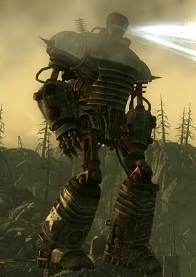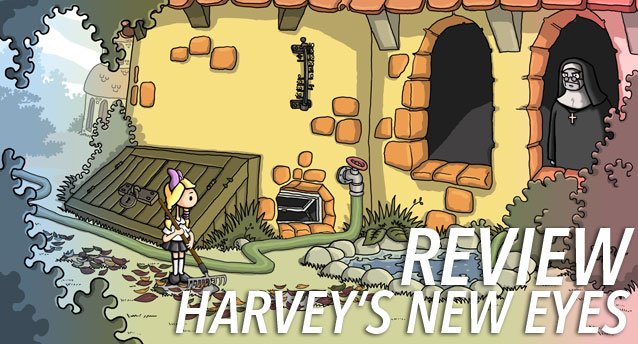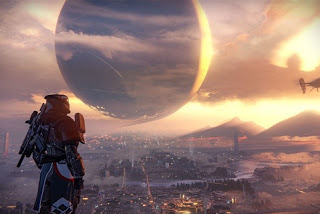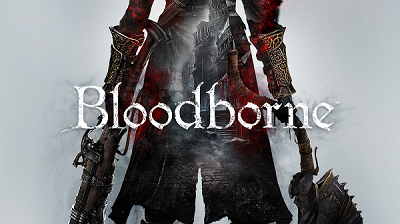

Short Version: White Knight Chronicles turned out to be an uninspired, boring cliche of a game. Unfulfilling and lacking memorable moments, this game is disappointing to say the least.
White Knight Chronicles was initially announced at the Tokyo Game Show in 2006. That first trailer was extremely impressive, and ultimately became one of my top reasons for purchasing a PlayStation 3. In 2008 the game was released in Japan, but it would take two more long years before it would reach the shores of any other region. By the time the game was finally available I had nearly forgotten about my initial excitement. How exasperated and disappointed I felt when White Knight Chronicles turned out to be an uninspired, boring cliche of a game.
Despite its faults, every portion of White Knight Chronicles does show the potential to grow into something great. Rather than pursuing any of those ideas though, the game simplifies them, or over uses them, while never letting them evolve into truly interesting ideas. Luckily White Knight Chronicles 2 was announced last year, and Level 5 has the opportunity to develop the game they should have made originally.
The most troubling part of White Knight Chronicles is its annoyingly banal story. When a beautiful princess with mystical powers is kidnapped, a naive youth does the only thing he possibly can: He discovers a mysterious giant suit of armor and gallantly chases after his missing love. It’s no understatement that in the first half hour you’ll roll your eyes until you’re legally blind. There are moments when the backstory or sideplots take hold and grab at your attention. You’ll beg Level 5 to go further into detail, or redirect the story to focus on some of these richer subplots, but inevitably these feelings go unfulfilled.
Instead the story is continuously diluted by shallow characters that are difficult to empathize with. When confronted by death, characters will become instantly overemotional and then ignore the occurrence entirely within the following five minutes. There is a level of charm in each character’s simplicity, a charisma in their lack of complication, but it’s ultimately that void of dynamics that makes them so difficult to identify with.
Combat in White Knight Chronicles, on the other hand, is at first oddly compelling. What appears to be action based combat in the vein of the recent Final Fantasy games, boils down to a turn based system in an open field. Through each battle you’ll acquire action points, which are then spent on combinations of your own design, or saved until you’ve hoarded enough to transform into the giant Knight. From there it’s your typical RPG mechanics: mana, spells, status effects, enemy weaknesses and so on.
Enemies come in two styles, normal enemies that often fight in groups, and giant enemies that are comparable in size to your White Knight. The giant enemies are, naturally, much stronger than the normal ones, but they never became overly challenging in my playthrough. Therein lies the disappointing aspect of combat in White Knight Chronicles. You can spend hours designing combos that take advantage of enemy weaknesses, you can switch between your characters and micromanage them perfectly, or spend your time searching for rare components and upgrading each of your items with elemental properties. You can do an amazing amount of things to buff your character, but you never need to.
After an extended period of boredom I began casually charging into battle and mashing the action button, or what equates to an auto attack. Over the course of numerous dungeons my party never went below half health, never ran out of mana, and I never had to alter my combat scheme or upgrade my heroes once. Despite that, I performed exceedingly well. As someone who adores the tedium of planning within an RPG, the realization that most of the systems were extraneous ruined what little interest I had left.
Continue to part 2 of our review of White Knight Chronicles!
Continued:
« 1 2 »




 Destiny: learn to earn foreign currencies in the game
Destiny: learn to earn foreign currencies in the game The Walking Dead: Survival Instinct Collectible Items Guide
The Walking Dead: Survival Instinct Collectible Items Guide Steps to Speedrun in PS4 Bloodborne to Avoid First three bosses
Steps to Speedrun in PS4 Bloodborne to Avoid First three bosses Tomb Raider Achievements and Trophies guide
Tomb Raider Achievements and Trophies guide 2 Useful Tricks to Know When Sharing YouTube Videos
2 Useful Tricks to Know When Sharing YouTube Videos